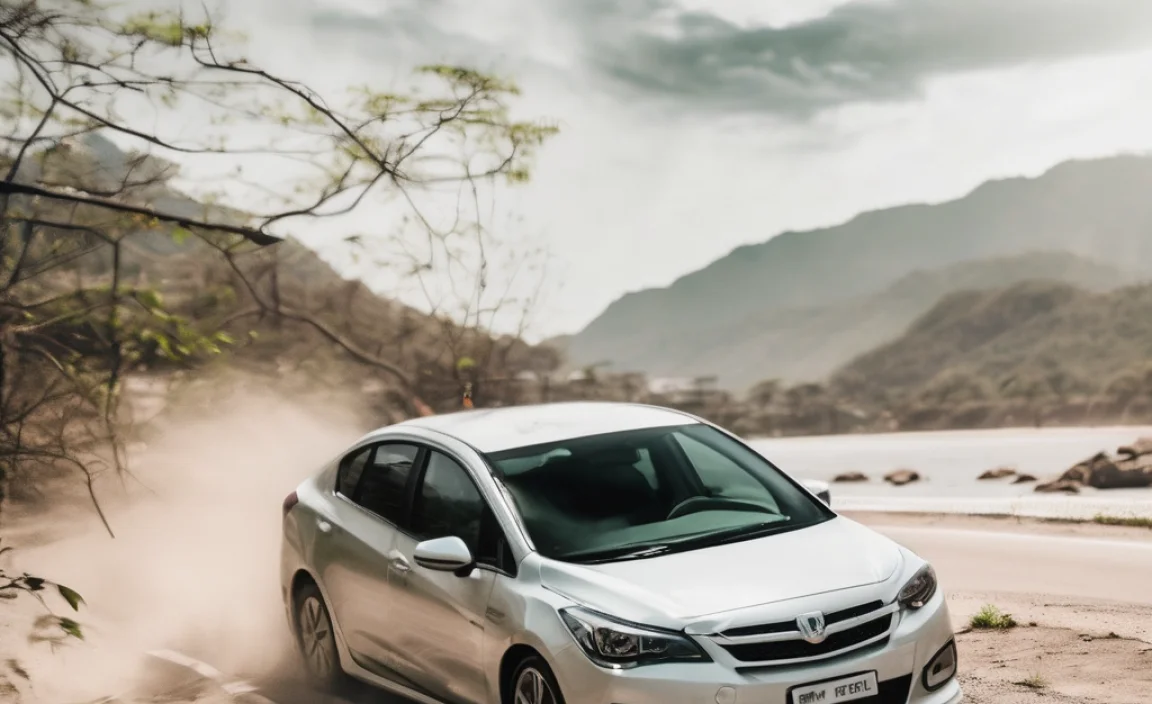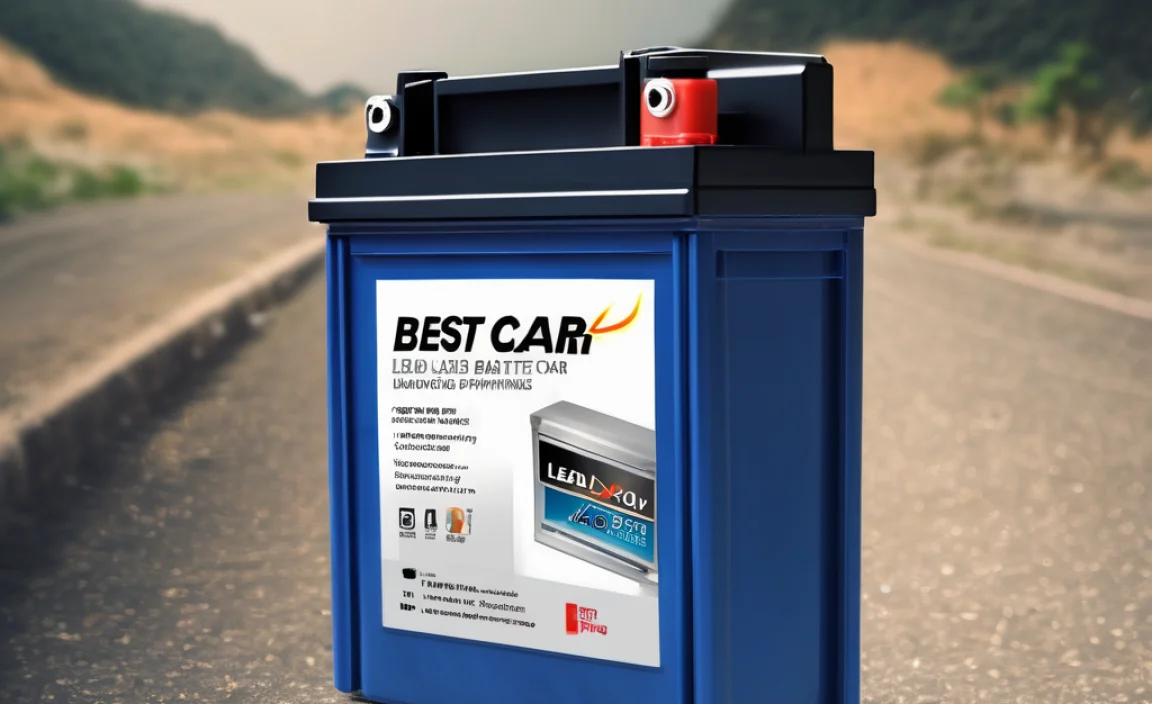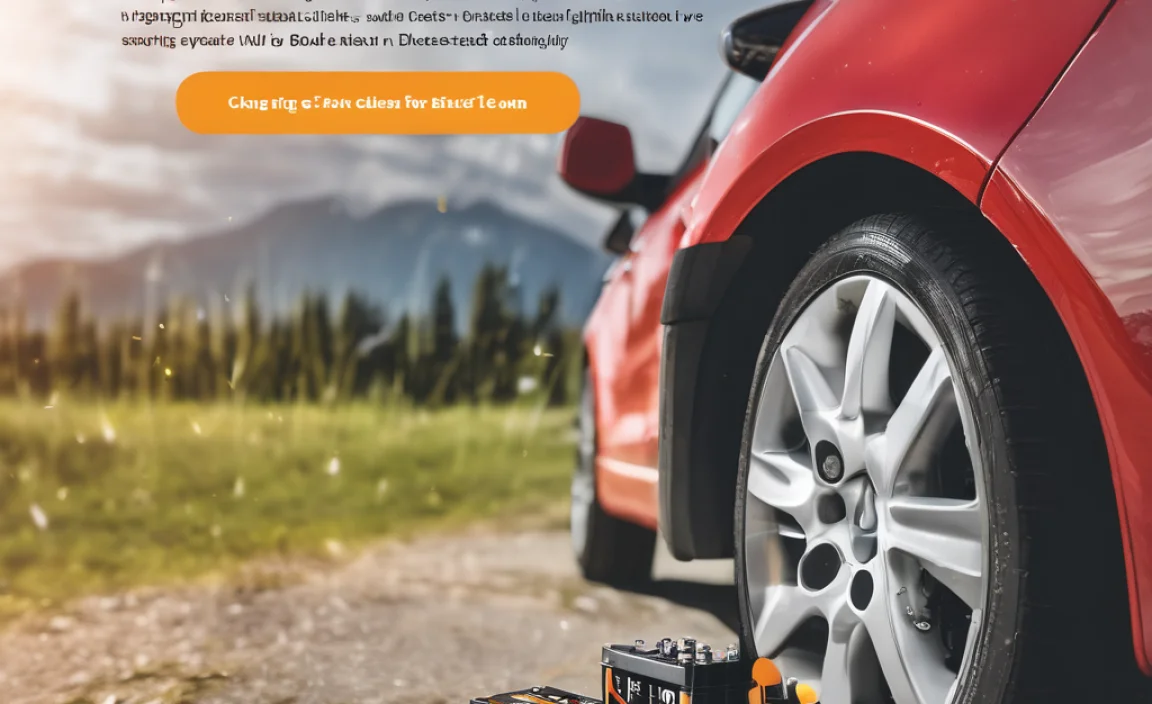RV Power Adapter: Best & Easy Solutions for Your Mobile Adventures
For any seasoned RVer or aspiring adventurer, a reliable power adapter for RV is not just a convenience; it’s a necessity. Imagine this: you’ve finally arrived at your campsite, the sun is setting, and all you want is to power up your essential appliances, from the refrigerator to your phone charger. Without the right adapter, this dream can quickly turn into a frustrating reality of dead batteries and dim lights. Fortunately, navigating the world of RV power adapters has become significantly easier with a variety of best and most user-friendly options available on the market. This guide will break down what you need to know to ensure your mobile home stays powered up, hassle-free.
Understanding Your RV’s Power Needs
Before diving into the specifics of adapters, it’s crucial to understand your RV’s power requirements. Most recreational vehicles operate on a dual-voltage system: 120-volt AC for standard household appliances and 12-volt DC for internal systems like lights, fans, and pumps, powered by the RV’s batteries. Your incoming shore power, typically from a campground pedestal, can come in various forms: 30 amps or 50 amps, and at times, even 15 or 20 amps from a standard household outlet. The adapter you choose will be dictated by the type of power sources you expect to encounter and the amperage your RV draws.
The Importance of the Right Power Adapter for RV
The primary function of a power adapter for RV is to bridge the gap between the power source and your RV’s electrical input. Campgrounds offer different hookups, and your RV is likely equipped with a specific plug type. Without the correct adapter, you might find yourself unable to connect to the power source, leaving you reliant on your RV’s batteries, which have a limited capacity. Using mismatched adapters or forcing a connection can also lead to severe electrical damage to both your RV and the campground’s infrastructure, which can be incredibly costly and hazardous. Therefore, selecting the right adapter is a matter of compatibility, safety, and ensuring uninterrupted power for your journey.
Common Scenarios and Corresponding Adapters
Let’s explore some common scenarios and the adapters that make them easy:
Connecting to a 30-Amp Service While Your RV Has a 50-Amp Inlet: This is a frequent situation for many RVers. A 50-amp service typically provides two 50-amp, 120-volt legs, offering a substantial amount of power. However, many campgrounds only offer 30-amp service. In this case, a 50-amp to 30-amp RV power adapter is essential. This adapter essentially converts the single 30-amp, 120-volt service to one of the 50-amp legs coming into your RV, allowing you to power most of your essential appliances. It’s important to note that you won’t have the full power capacity of a 50-amp service, so you might need to manage your appliance usage to avoid overloading the 30-amp connection.
Connecting to a 50-Amp Service While Your RV Has a 30-Amp Inlet: Conversely, if you have a 30-amp RV and find yourself at a campsite offering a 50-amp service, you’ll need a 30-amp to 50-amp RV power adapter. This adapter essentially allows your 30-amp RV to safely connect to the 50-amp pedestal. The adapter ensures that only one of the 50-amp legs is utilized, effectively presenting a 30-amp service to your RV. This is a straightforward and safe way to use the available power.
Connecting Your RV to a Standard Household Outlet (15/20 Amp): Sometimes, you might only have access to a standard 120-volt outlet, perhaps at a friend’s house or a location without dedicated RV hookups. For this, you’ll need a 30-amp to 15-amp RV power adapter or a 50-amp to 15-amp RV power adapter. These are often referred to as “dogbone” adapters due to their shape. They allow you to draw power from a regular household outlet to charge your RV batteries or run low-draw appliances. Again, be mindful of the limited amperage; you won’t be able to run high-demand items like air conditioners or multiple appliances simultaneously.
Feature Considerations for Purchasing an Adapter
When choosing a power adapter for RV, consider these key features to ensure you get the best and easiest solution:
Durability and Construction: RV adapters are exposed to the elements. Look for units made from heavy-duty, weather-resistant materials like thick rubber or durable plastic. Copper contacts are preferred for better conductivity and longevity.
Safety Features: Many quality adapters come with built-in surge protection and overload protection to safeguard your RV’s electrical system. Look for certifications like UL or ETL to ensure they meet safety standards.
Ergonomics and Ease of Use: Some adapters are bulky and difficult to grip, especially in wet conditions. Look for designs with easy-grip handles or textured surfaces that make plugging and unplugging simple and secure.
Length: While many “dogbone” adapters are relatively short, consider extensions if you anticipate needing more reach from the power source.
* Indicator Lights: Some advanced adapters feature LED indicator lights that show if the pedestal is providing power and if the connection is correct, adding an extra layer of convenience and troubleshooting.
Maintaining Your Power Adapter
Just like any other piece of equipment, your RV power adapter requires basic maintenance to ensure it functions optimally and safely. Regularly inspect the adapter for any signs of damage, such as cracked casings, bent prongs, or corrosion on the contacts. Keep the adapter clean and dry when not in use. Store it in a protected area, away from extreme temperatures and moisture, to prevent premature wear and tear. This simple care routine will extend the life of your adapter and prevent potential electrical issues.
Conclusion
A reliable power adapter for RV is an indispensable tool for any RVer. By understanding your RV’s power needs and the common power sources you’ll encounter, you can confidently select the right adapter to ensure a smooth and uninterrupted electrical supply. Whether you’re connecting to campground pedestals or standard outlets, the best and easiest solutions are out there, designed for durability, safety, and user-friendliness. Invest in quality adapters, maintain them properly, and enjoy the freedom of powered adventures with peace of mind.



